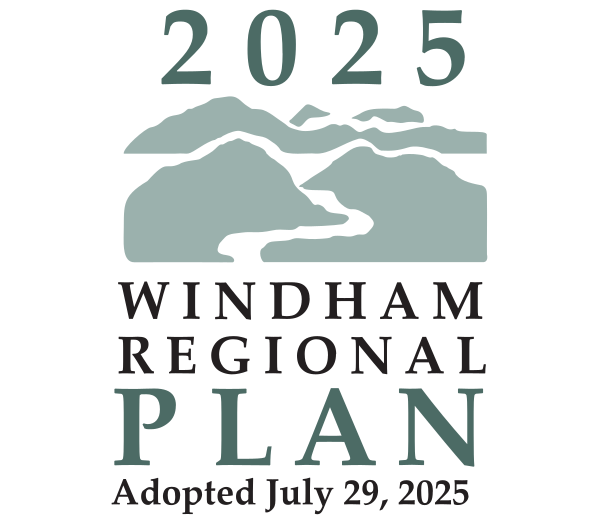Housing
background
The country, the state, and the region are all facing a significant housing crisis that was exacerbated by the COVID pandemic that began in 2020. Costs associated with housing development have increased significantly and very little new housing has been built in the region for many years. This impacts the region in many ways including increased costs passed on to homeowners and renters, a lack of available housing, and employers who have difficulty attracting new employees.
An adequate supply of year-round housing that offers varieties of housing size, cost, and location is essential to the economic and social health of every town in the region. Communities benefit when employees are able to live close to their workplace, young adults can afford to buy or rent in their hometowns, and elderly residents are able to remain in the community where they have family, friends, and history. Recent demographic trends are shifting in the region’s housing needs. For example, household size has decreased and aging residents may seek to downsize to smaller homes with access to services. These trends coupled with the lack of housing development is raising concerns regarding the availability of smaller, affordable homes. While the specific needs and dynamics vary from one part of the region to another based on economics, location, and demographics, there is a common need for adequate and affordable housing.
New housing and infill development should be located near community centers. Housing developed in existing centers is less costly because existing infrastructure for roads and utilities is in place. Services which provide a greater social and economic benefit to the community are also available.
Towns should identify areas for compact development and facilitate the kinds of densities needed to reduce per unit costs. This is especially critical since costs have increased significantly due to the COVID pandemic and inflation. Locating these areas near public services will improve affordability for residents and reduce municipal costs for services. Proper provision for adequate and safe water supply and sewage disposal will be integral to this development. Due to limited financial resources at the town level, it is essential that there is appropriate State and/or Federal funding to support community infrastructure to meet these needs. At the same time, implementing regulatory strategies that reduce development costs can help restrain per unit costs as well.
A major barrier to allowing for increased density is the availability of public sewer and water infrastructure. The WRC will seek funding to complete a village water and wastewater needs assessment and wastewater feasibility plan to identify current barriers to development.
